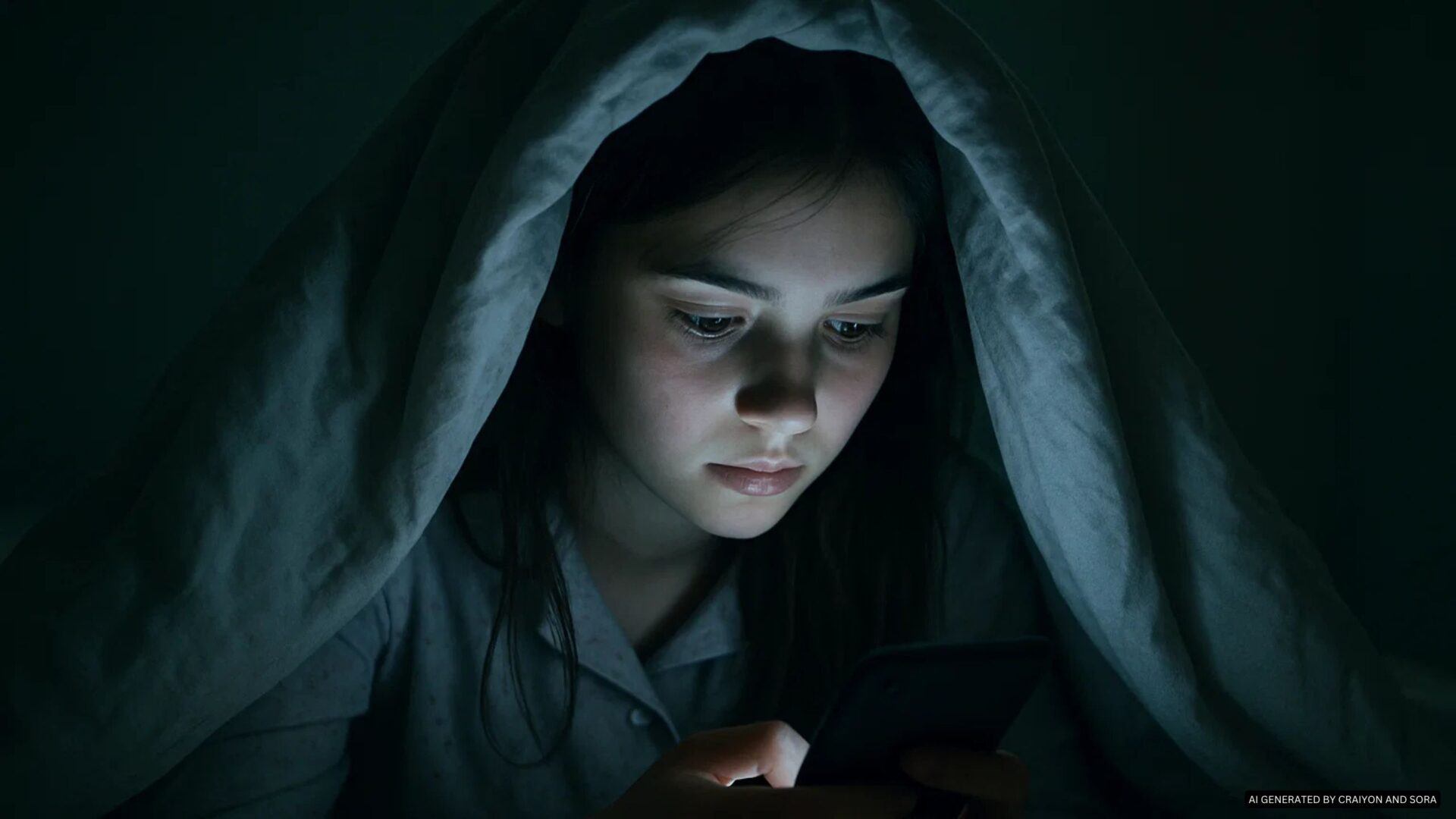Digital Addiction And The Attention Economy
In the 21st century, the most valuable commodity is no longer oil, gold, or even data—it is human attention. What we look at, for how long, and what we do next is bought, sold, and optimized by unseen algorithms. This has birthed what psychologists now call the attention economy—a system designed to monetize your distraction.
They sold your boredom for pennies, kid.
And you sat there, scrolling like a lab rat high on serotonin.
The light of the screen burned like a false sun,
and you thought you were living.
From a psychological standpoint, digital addiction refers to compulsive, uncontrolled use of digital devices—most notably smartphones and social media platforms—despite harmful consequences to mental, emotional, and social health. This isn’t mere overuse. It’s behavioral addiction: dopamine hits tied to likes, notifications, and endless feeds. The brain gets high on anticipation, not reward. That’s the trick.
In 2025, human attention has become the battlefield. Silicon dreams and machine-learning nightmares fight for our flickers of focus. What was once a wandering mind is now a captured one. A fragmented one. A profitable one. If you want to understand modern psychology, don’t look at the couch—look at the screen. Digital addiction is no longer a side topic; it’s the core wound of the age.
You used to look out the window.
Now the window stares into you.
This isn’t about playing Candy Crush for too long. It’s about dopamine weaponized, about reward systems hijacked by corporations that understand your psychology better than you do. Every ping, buzz, badge, and banner is engineered not just to get your attention—but to trap it. That’s the attention economy: you are the product, your time the currency, your soul the collateral.
From a clinical standpoint, digital addiction shares much in common with substance abuse. You crave it. You withdraw without it. You lose track of time, relationships, sleep. You feel both numb and overstimulated at once. The cycle of use, guilt, and return continues. Unlike drugs, though, this addiction is socially encouraged and culturally rewarded.
They put the needle in your hand,
not your vein,
and called it progress.
The Fracturing of the Mind
What once was simply called “being distracted” has evolved into a more sinister state: what psychologists now term cognitive fragmentation, or as one researcher phrased it, “mind-fracturing.” It’s not just attention that’s splintering—it’s identity, presence, and narrative continuity. Our minds were not built to be pulled in twenty directions at once: check your feed, answer a message, like a post, switch to video, get back to work, scroll again. The constant switching erodes deep focus, and with it, the very fabric of inner thought. People report feeling scattered, hollow, unable to sustain a single train of thought. Imagination falters. Memory thins. The ability to rest in one’s own mind—alone, still, undistracted—is becoming rare, even feared.
There’s no silence anymore.
Just the buzzing static of a thousand voices,
none of them yours.
Neuroscience shows that the prefrontal cortex—the seat of decision-making and impulse control—is undermined by constant digital stimuli. People struggle to maintain attention even for a few minutes. What was once called “mind-wandering” is now mind-fracturing.
There’s a sickness they don’t talk about in polite places.
It’s not heroin. It’s not gin.
It’s that glass rectangle in your palm.
A cathedral of silence where you worship the void.
Tailored Temptation
In the age of personalization, the danger isn’t just content—it’s how surgically accurate that content becomes. Algorithms are trained on your clicks, swipes, hesitations, moods. They learn when you’re lonely. They know what excites you. They feed your vices more efficiently than any drug dealer ever could. This is tailored temptation: the digital system doesn’t show you what you like—it learns how to make you like what it shows. This isn’t passive suggestion; it’s active manipulation. You’re not just the user—you’re the lab rat. The cage is invisible, and the reward pellet is infinite. Even your outrage is monetized. Even your boredom is studied.
You thought you were king of the castle,
but they mapped your dreams,
and sold them back to you in 1080p.
Every scroll is a gamble. Will it be something shocking? Beautiful? Outrageous? It doesn’t matter. What matters is that you don’t stop scrolling. Social media companies employ attention engineers, UX psychologists, and behavioral economists. It’s not a feed—it’s a slot machine. Infinite scroll? That’s not convenience. That’s addiction architecture.
The term “variable reward schedule” comes from B.F. Skinner’s experiments with rats. Today, you’re the rat. The lever is your thumb. And the reward isn’t cheese—it’s a red badge, a heart icon, a new video perfectly tuned to your desire profile.
You keep scrolling because you might miss something.
But you’ve already missed everything.
One reason this topic has surged in 2025 is the omnipresence of AI-curated content. TikTok’s For You page, YouTube’s autoplay, Instagram Reels—they don’t just reflect what you want. They mold you. The system learns your weaknesses and feeds you tailored temptation. That’s why it’s so hard to stop scrolling: you’re being engineered to keep watching.
Attention is no longer a voluntary act—it is harvested.
The bastards know what you want before you want it.
They carve your soul with an algorithm and serve it back in 15-second chunks.
And you think you’re choosing.
But it’s just them—whispering sweet poison in high-def.
Psychological Fallout: A Generation Unwell
The fallout is measurable—and devastating. Studies show sharp increases in depression, anxiety, sleep disorders, and attention-deficit symptoms, especially among adolescents and young adults. Rates of self-harm and suicide have risen alarmingly. Young people report feeling less connected despite being constantly “connected.” It’s a paradox of the age: surrounded by messages, yet starved for meaning.
Children raised on screens develop shorter attention spans and difficulty regulating emotions. Adults lose their ability to tolerate stillness. Eye contact, small talk, the ability to be bored without panic—these are becoming endangered human skills.
They gave you the world in your hand,
and took the world from your eyes.
Psychologists and researchers warn that the mental health fallout is immense:
-
Rising levels of anxiety and depression among teens.
-
Shortened attention spans across all age groups.
-
Sleep disruption due to blue light and over-engagement.
-
Escalating social comparison and self-esteem issues driven by curated online lives.
Fighting the Current
There’s a growing rebellion. Terms like “dopamine detox,” “digital Sabbath,” “focus fasting” are becoming part of everyday vocabulary. Books like Digital Minimalism by Cal Newport and Stolen Focus by Johann Hari hit bestseller lists. Schools introduce “tech hygiene” curriculums. Therapists prescribe time offline. People are beginning to wake up, to recognize the glow of the screen not as light—but as leash.
But it’s an uphill battle. You’re not just fighting your own impulses—you’re fighting a global machine worth billions, built to outsmart your biology. It doesn’t care about your peace. It wants your pulse. It doesn’t care about your mind. It wants your gaze.
You want to be free?
Then first, you’ll have to pry your soul out of your pocket.
Yet, many digital platforms remain resistant to meaningful reform. Why would they change? The longer you stay, the more they earn. Your distress is profitable.
The machine doesn’t care if you cry at night,
if you ache for touch but settle for likes,
if your eyes go red while the world goes gray—
it only wants you to stay.
Still, some push back. Digital minimalism, focus apps, dopamine detoxes—they’re growing. Schools and therapists now teach attention hygiene like they once taught hand-washing. But it’s uphill work. Because we’re up against a trillion-dollar addiction industry disguised as convenience, connection, and fun.
And the most terrifying part?
You don’t even know you’re addicted.
Because this junk is clean. It glows.
It purrs in your pocket and strokes your ego.
And when it’s gone, you feel dead.
Conclusion: Take Back Your Mind
Digital addiction in the attention economy isn’t a trend—it’s a trap. It reconfigures how we think, how we relate, how we exist. Psychology’s great mission in 2025 isn’t just understanding trauma or curing depression—it’s helping humanity remember how to be human in a system that profits from forgetting.
Look up.
There’s a sky up there,
not just a signal.
And you’ve still got breath in your chest,
not just battery in your phone.
It’s not too late. The mind is wounded, yes—but not beyond healing. The soul is scattered—but not beyond gathering. We are not machines, not profiles, not users. We are minds. We are stories. We are human beings—and we were meant for more than this.
The psychology of digital addiction in the attention economy is not just a trendy topic—it’s a civilizational crisis in disguise. It challenges how we define freedom, consciousness, and agency in a world where distraction is engineered. To reclaim our minds, we must first recognize that they’ve been taken hostage—not by force, but by design.
So put the damn phone down.
Look at the wall. Look at the sky. Look at your own bleeding hands.
You’re not a machine.
You’re human.
And that means you still get to choose.




